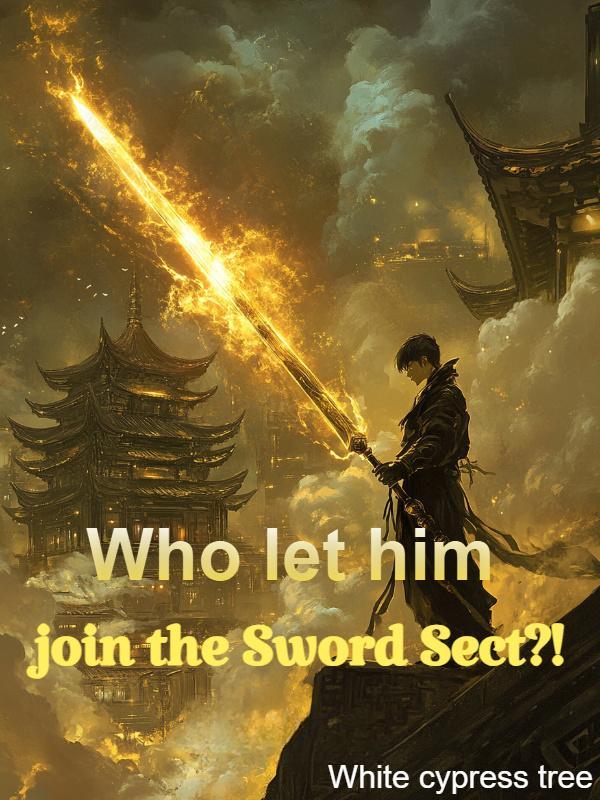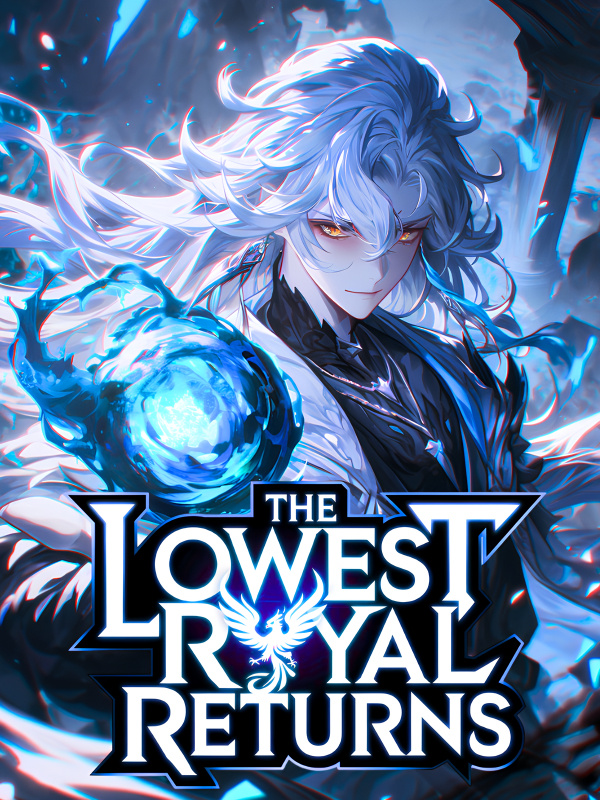©Novel Buddy
I am a Primitive Man-Chapter 646: Is This Our Future Tribe?
Han Cheng had painted the tribe as it would appear in autumn.
A vast courtyard was laid out behind a tall enclosing wall that merged into the mountains. Near the northern side of the courtyard stood a grand house built of blue bricks and large tiles.
The house in the painting is the same as the one currently in the tribe.
In front of the blue-brick house stretched a level plaza at the center of the courtyard.
To the south of the plaza, directly across from the blue-brick house, stood a raised platform connected by staircases on all sides.
At the very center of the platform, a tall pole had been erected, and at its peak fluttered a flag, swaying in the wind. On the flag, a green sparrow spread its wings against the breeze.
Using the Green Sparrow Plaza as the central point, the remaining courtyard space was divided into five sections.
Near the mountain stood rows of houses—this was the residential area of the Green Sparrow Tribe.
At the heart of the residential district, a building stood that was noticeably larger than the rest.
Above its entrance hung a plaque with two bold characters: Canteen.
Han Cheng had long planned to move the tribe’s communal dining area out of the caves. His determination solidified after his first return from Copper Mountain when he used fire to smoke out a surprising number of small animals from within.
However, the tribe had been too occupied with matters related to copper, so the idea had been put on hold.
Now that he was committed to significantly reorganizing the entire tribe, he would not let the canteen project be delayed any further.
To the east of the plaza, distinct from the houses of the residential area, were a series of round, dome-shaped buildings.
Han Cheng had drawn a square sheet of paper, pasted at an angle outside these structures, with a single character written: Grain.
These were the Green Sparrow Tribe’s new granaries.
With the same building materials, cylindrical structures could hold the most storage, so Han Cheng chose a rounded design for the new granaries.
The granaries were placed on the eastern side because this part of the settlement had the highest elevation, reducing the risk of moisture damage to stored grain.
Adjacent to the granaries was the tribe’s workshop district.
Here, structures had been set aside for weaving, woodworking, and stonecraft.
Since demolishing and rebuilding houses was labor-intensive and time-consuming, Han Cheng sought to make the best use of the existing structures. His approach was simple: If it doesn't have to be torn down, don't tear it down.
For example, the old granaries, which had once been simple rows of houses barely distinguishable from the tribe’s dwellings, had been repurposed into additional residential buildings.
Similarly, many of the workshops shown in the painting were repurposed from existing structures.
On the western side of the plaza was the tribe’s livestock area, containing enclosures for deer, sheep, rabbits, and chickens. Among them was also the tribe’s latrine.
Since the east wind blew most frequently throughout the year, Han Cheng had deliberately placed the more odorous facilities on the western side. Additionally, he ensured that they were built as far away from the residential area as possible.
Beyond the livestock area, numerous large pits had been dug. These pits were designed to collect wastewater from the animal enclosures.
This served two purposes: first, it helped maintain sanitation, keeping the settlement clean, and second, it provided the tribe with a steady accumulation of fertilizer.
Along the southern edge of the courtyard, where the main gate stood, piles of hay, firewood, and charcoal were stacked together—highly flammable materials.
These were placed at a safe distance from the residential area, the granaries, and the livestock enclosures.
As the tribe's population and livestock increased, so did the stockpiles of firewood and hay. This posed a significant safety hazard, making it essential to store them far away from people, animals, and food supplies.
Beyond the courtyard lay the autumn fields, stretching far and wide, blanketed in golden millet. The fruit trees along the edges of the fields were heavy with ripe, abundant fruit.
To make the ripened millet and fruit appear even more enticing, Han Cheng meticulously blended rich shades of yellow, applying layer after layer to enhance their vibrancy, making them look irresistibly luscious.
The crowd stared wide-eyed at the painting, their expressions a mix of awe and disbelief. They marveled at how the Divine Child had captured all these details on a single sheet of paper, rendering their world in a way they had never seen before.
At the same time, they were filled with joy and astonishment at the sight of such a well-planned and prosperous future for their tribe.
The senior disciple strained his neck, shifting his gaze between the present state of the tribe and the depiction in the painting, making careful comparisons.
What had once seemed like a perfectly fine settlement now suddenly felt inadequate in contrast with the ideal version on the scroll.
And he was not alone—many others in the tribe felt the same.
No wonder the Divine Child had been so insistent on expanding the tribe. Who wouldn't want to live in a place like this?
"This… this is where we will live in the future."
Han Cheng spoke to the stunned crowd, his voice calm and steady, without any attempt at persuasion.
But at this moment, persuasion was unnecessary—the painting was more than enough to convince them.
The Shaman, now standing upright, was trembling all over. Part of it was the overwhelming vision of the tribe’s bright future. Still, the other part came from a sudden realization—paper, brush, and ink had an entirely new use.
These tools have been used only for writing and recording information. But now, he saw that they could also be used like this.
Shi Tou’s eyes were so wide that they might have fallen out if not for his eye sockets. So, this was what the Divine Child had meant by expanding the tribe?
Had he known it would be like this, how could he have doubted it?
The intricate illustration—the likes of which the Green Sparrow Tribe had never seen before—left them all deeply shaken. It vividly displayed their future in the most direct way possible, making their hearts tremble excitedly.
"Sh- Divine Child… b- but… we can’t build all this by autumn."
Shi Tou, still shuddering from the revelation, suddenly spoke.
As one of the most literate members of the tribe—essentially their teacher—Shi Tou was second only to Han Cheng in terms of knowledge.
While most of the tribe remained too overwhelmed to think clearly, he had already noticed a critical issue:
The buildings in the painting far outnumbered the ones currently in the tribe.
He hadn’t spotted the 1:200 scale marked on the scroll nor realized that Han Cheng had enlarged the proportions fourfold.
But even without those details, just glancing at the sheer number of additional buildings, he could tell that it would be impossible to complete everything before the millet harvest.
The tribe had too many other tasks to handle; there was no way they could dedicate everyone solely to construction.
Hearing Shi Tou’s words, Han Cheng’s lips curled into a smile.
A project of this scale? He had never expected to finish it within just a year.


![Read The Royal Military Academy's Impostor Owns a Dungeon [BL]](http://static.novelbuddy.com/images/the-royal-military-academys-impostor-owns-a-dungeon-bl.png)



